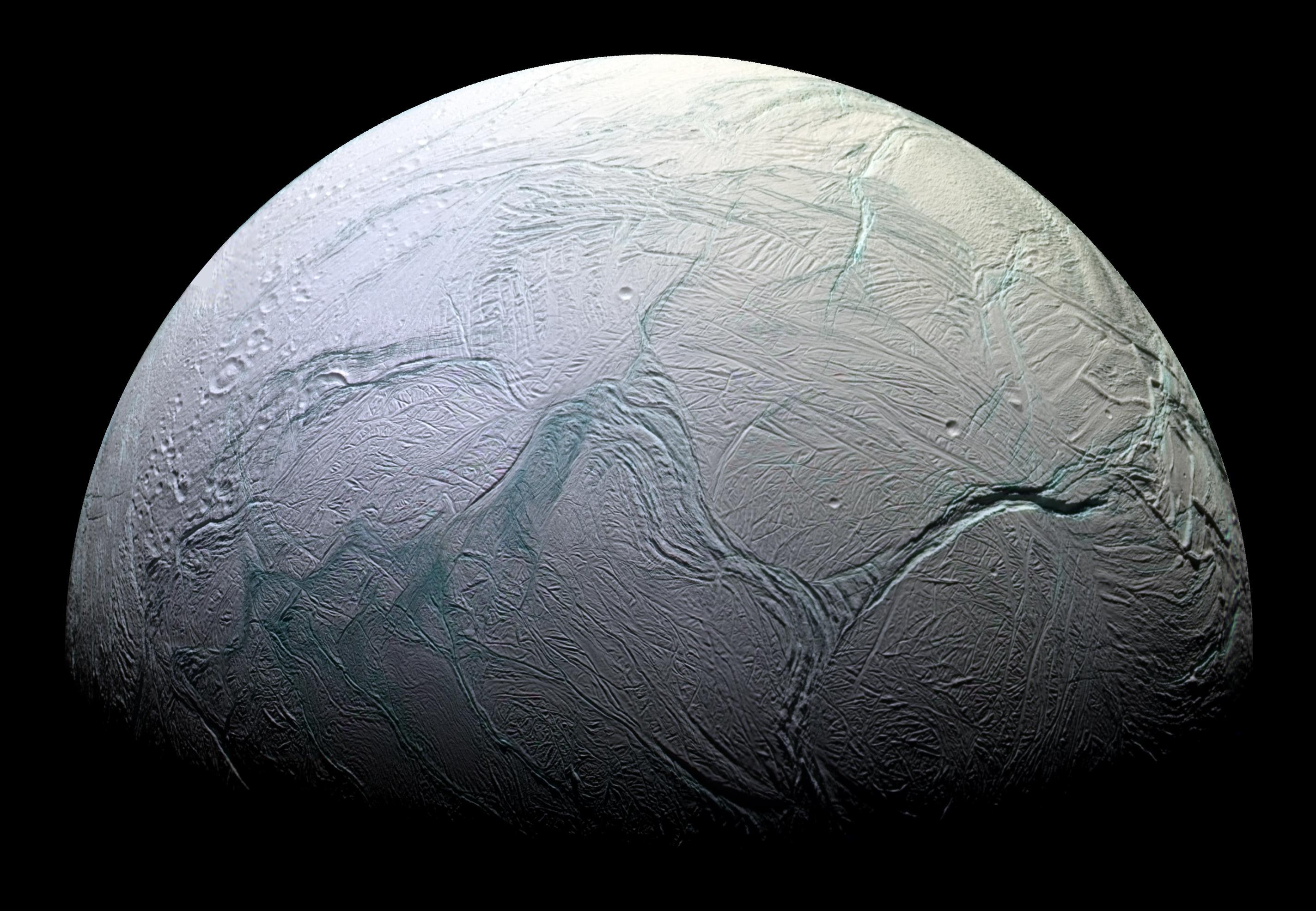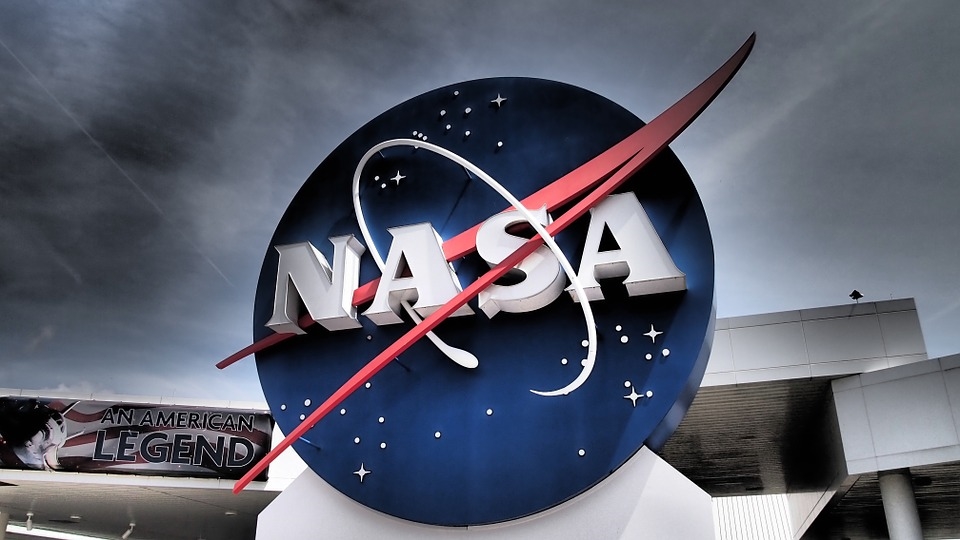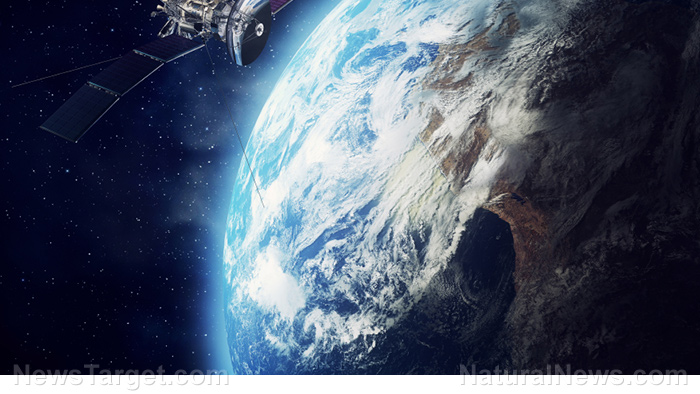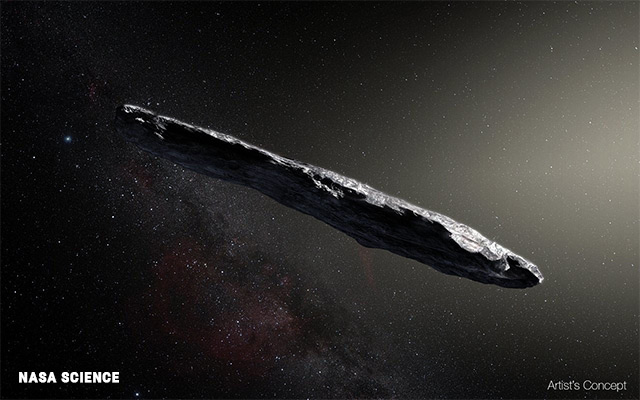Will human colonies be on the Moon in five years?
12/01/2017 / By Frances Bloomfield

Come 2018, Moon Express will launch its first mission to the Moon. Though originally slated for late 2017, Naveen Jain, Moon Express co-founder and chairman, told CNBC.com that the launch is “definitely” going to happen. Moreover, Jain has gone on to state that the first human colony will be on the Moon within the next five years.
“It’s definitely going to be next year, we are in the final stretches of it. And as you can imagine it’s rocket science,” said Jain. “We are really looking good and we are still hoping to launch the lander next year. And when we launch and land on the moon, not only (do) we become the first company to do so, we actually symbolically become the fourth superpower. And imagine the entrepreneurs doing things that only the three superpowers have done before.”
Moon Express is a private spaceflight company known for being the first to receive United States government approval for lunar travel. The company is also one of many competing in the Google Lunar XPRIZE, an inducement prize space competition where private firms will have to land a privately funded spacecraft on the Moon, travel 500 m, then broadcast high-definition images and videos back to Earth. The deadline for this contest is March of next year.
To that end, Moon Express has collaborated with American aerospace corporation Rocket Lab. While Moon Express built the lander, Rocket Lab will provide the booster to propel the lander to the Moon’s surface.
According to Jain, however, the $20 million reward isn’t the main priority. First and foremost, Moon Express is aiming to mine lunar resources that can be sent back to Earth and use as needed. Once this has been accomplished, setting up human colonies will become the next step.
Speaking to CNBC.com, Jain elaborated: “I really believe that lunar is going to become like our eighth continent. We are going to have a permanent presence there, we are going to have internet there and we are going to be able to communicate just like we communicate from here to even Australia.” (Related: NASA to attempt to grow vegetables on the moon.)
He then added: “I think that a lunar colony will be set up in the next five years, so it’s not that far away. I believe in the next 10, 15 years we will be able to have a baby on the moon, and somewhere along the line the parents are going to be looking at the baby and say, ‘We come up from that planet’, right…it’s very exciting times.”
Moon cave colonies? It’s more likely than you think
Raising the likelihood of Moon colonies becoming reality is a relatively recent discovery by Japan’s Selenological and Engineering Explorer probe. As reported by Futurism.com, the lunar orbiter found a gigantic underground cave on the Moon. Situated beneath the Marius Hills, the cave is believed to actually be a lava tube formed by billions of years’ worth of volcanic activity.
The dimensions of the space come to roughly 328 ft in width and 31 mi in length, making it an ideal location for a lunar station. Japan Aerospace Exploration Agency senior researcher Junishi Haruyama explained that lava tubes such as the cave “might be the best candidate sites for future lunar bases, because of their stable thermal conditions and potential to protect people and instruments from micrometeorites and cosmic ray radiation.”
Though the interior of the cave has yet to be fully explored, Haruyama and his colleagues hope that a closer look will provide more details. Thanks to radio waves, however, the researchers think that the space could be filled with ice and water contain inside of rocks. These, according to the researchers, could be used to produce fuel — fuel powering the various amenities essential to the survival of lunar colonists.
Remain abreast of the space race and all news relating to it by going to SpaceTourism.news today.
Sources include:
Tagged Under: future tech, Moon, moon colonization, Space, space exploration, space travel




















